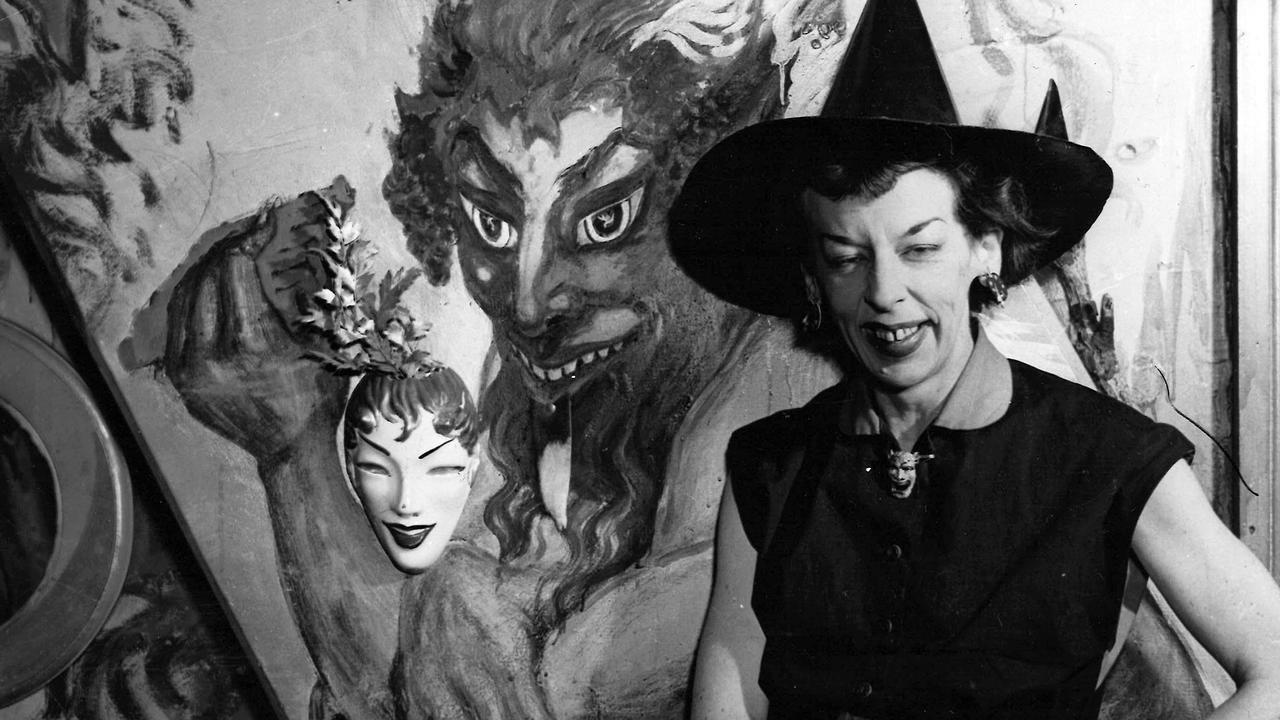How Colin Gramp brought wine to the masses
The popularity of the “goon bag” owes much to one man, who used it to bring wine to the masses.
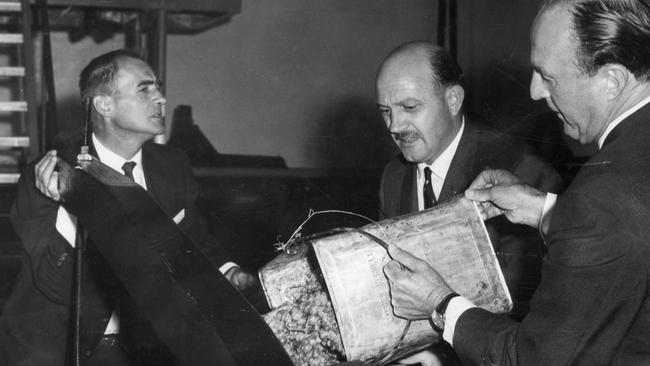
In Black and White
Don't miss out on the headlines from In Black and White. Followed categories will be added to My News.
It’s safe to say Colin Gramp wasn’t thinking of the drinking game “goon of fortune” when he popularised wine in a box in the 1970s.
It wasn’t young merrymakers gulping from bags of wine pegged to a Hills Hoist he had in mind but rather a cheap and convenient way to enjoy table wine.
The winemaking pioneer is the subject of the new episode of the free In Black and White podcast on Australia’s forgotten characters:
Ben Oliver, founder of Drinking History Tours in Melbourne, says Gramp was a fourth-generation winemaker whose great-grandfather, Johann Gramp, migrated to South Australia in 1837 and planted riesling vines at Jacob’s Creek in 1847.
But Colin suffered a horrific tragedy as a 17-year-old when his father, Hugo, was one of 18 people killed when their plane crashed into Mt Dandenong, east of Melbourne, in 1938.
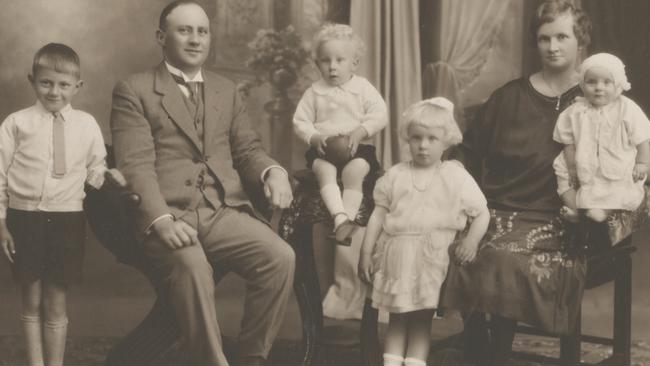
Colin was at boarding school in Adelaide when he learned his father was dead from a radio in the boarders’ common room just after school had finished for the day.
In 1940, Colin joined his late father’s business, Orlando Wines, as an apprentice winemaker.
He joined the RAAF in 1942 as an air gunner, and flew 550 hours in 49 sorties in Europe with No 461 Squadron, which destroyed six German U-boats.
After the war, Colin spent three months in France, Germany and California where he learnt the modern table winemaking techniques, such as cool fermentation and oak maturation, that would enable him to revolutionise Australia’s wine industry on his return.
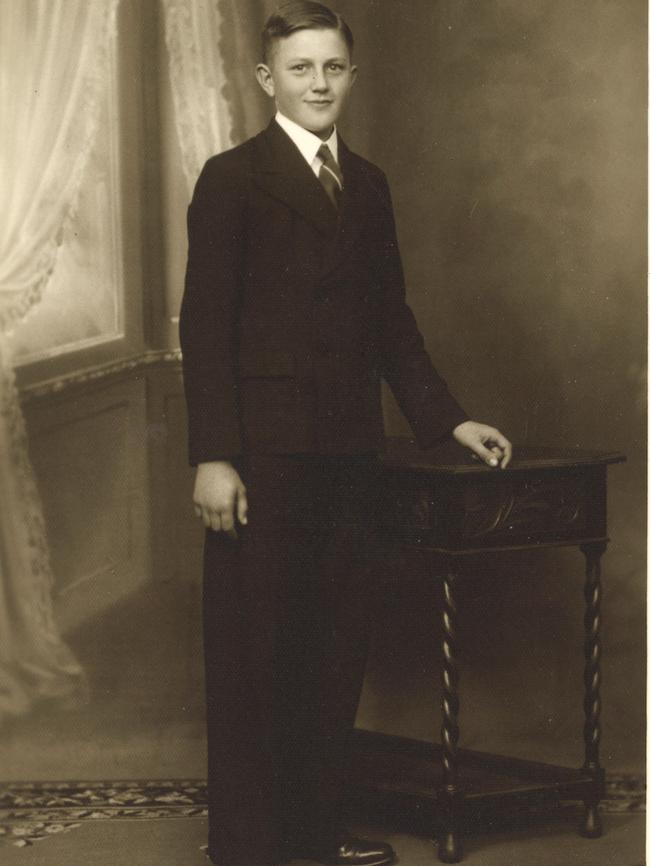
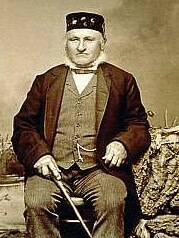
Oliver says it’s widely considered that Colin made the first modern Barossa table wine, when he created the 1947 Orlando Special Reserve Claret.
In the ’50s, he bought a couple of the new cold and pressure fermentation tanks, popular in Europe, which enabled Orlando to make better wines in less time.
Just in time for the 1956 Melbourne Olympics, Colin released Barossa Pearl, a sweet fruity wine, likened to an alcoholic soft drink, that became a game changer.
It was a smash hit among young people, especially women, and Orlando was unable to keep up with demand, selling 27 million bottles, and getting many Aussies hooked on table wines.
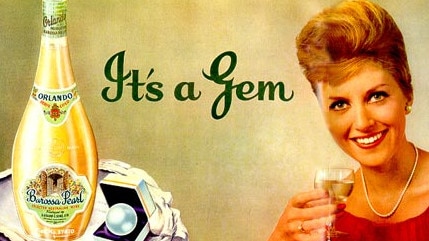
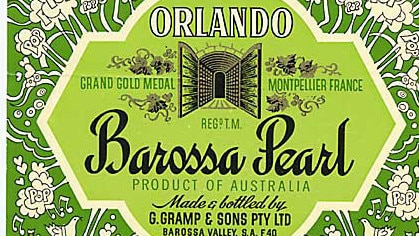
The popularity of wine soared, but the 750ml bottle size was a barrier to further sales, preventing many Australians from viewing wine as something to drink every day.
That changed in 1965 with arguably Australia’s greatest invention – the “goon bag”.
The first wine bag was invented by Tom Angove in Renmark in South Australia, based on similar bags in the US for packaging milk.
“The first goon bags were quite simple,” Oliver says.
“You would basically open a box, you would literally, with some scissors, cut the bag open, pour out the wine you wanted, and then roll it back up again and use a peg to reseal it.”
In 1971, Wynns perfected the design by incorporating a valve.
But Oliver says it was Orlando Wines and Colin Gramp that brought the bag in a box into people’s homes with a famous Coolabah ad campaign in 1973.
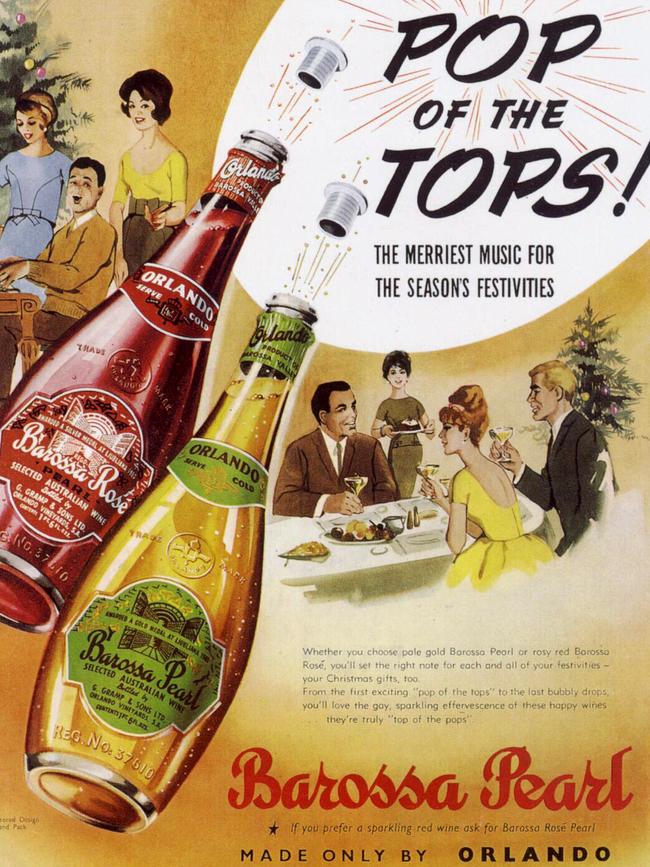
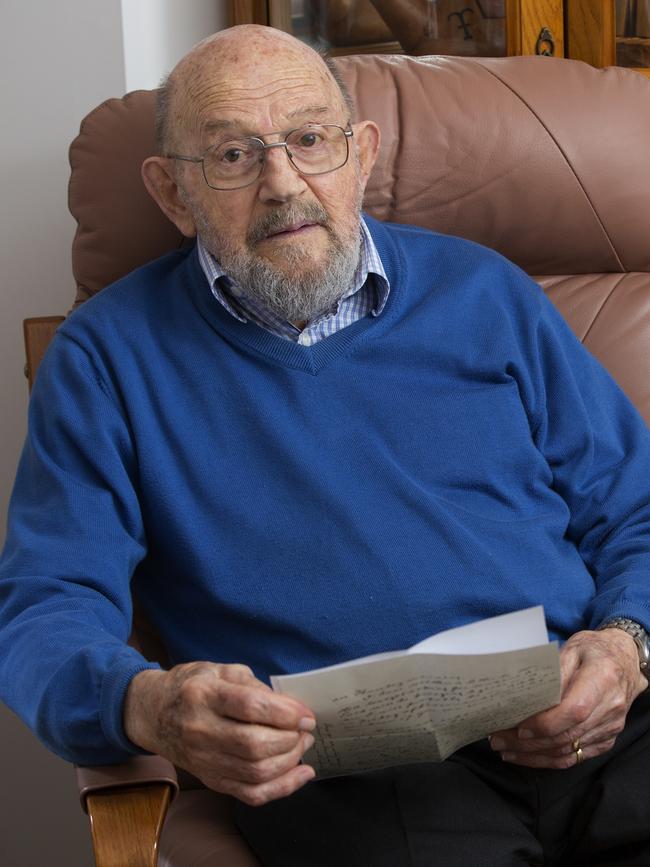
“Where do you hide your Coolabah?” was the slogan, and it showed people hiding their cask in various locations, including their home or at the beach, before pouring from it.
“This campaign really revolutionised people’s ideas of drinking wine,” Oliver says.
“The rise of the goon bag from the ’70s onwards had a huge impact on the amount of wine that was subsequently sold.”
It also gave rise to a generation of young people playing “goon of fortune”, a spoof on the TV show Wheel of Fortune, in which a “goon bag” is hung from a Hills Hoist.
One player spins the clothesline and when it stops any player underneath must take a swig.
Listen to the interview about Colin Gramp with Ben Oliver in the In Black and White podcast on iTunes, Spotify or web.
See In Black & White in the Herald Sun newspaper Monday to Friday for more stories and photos from Victoria’s past.


